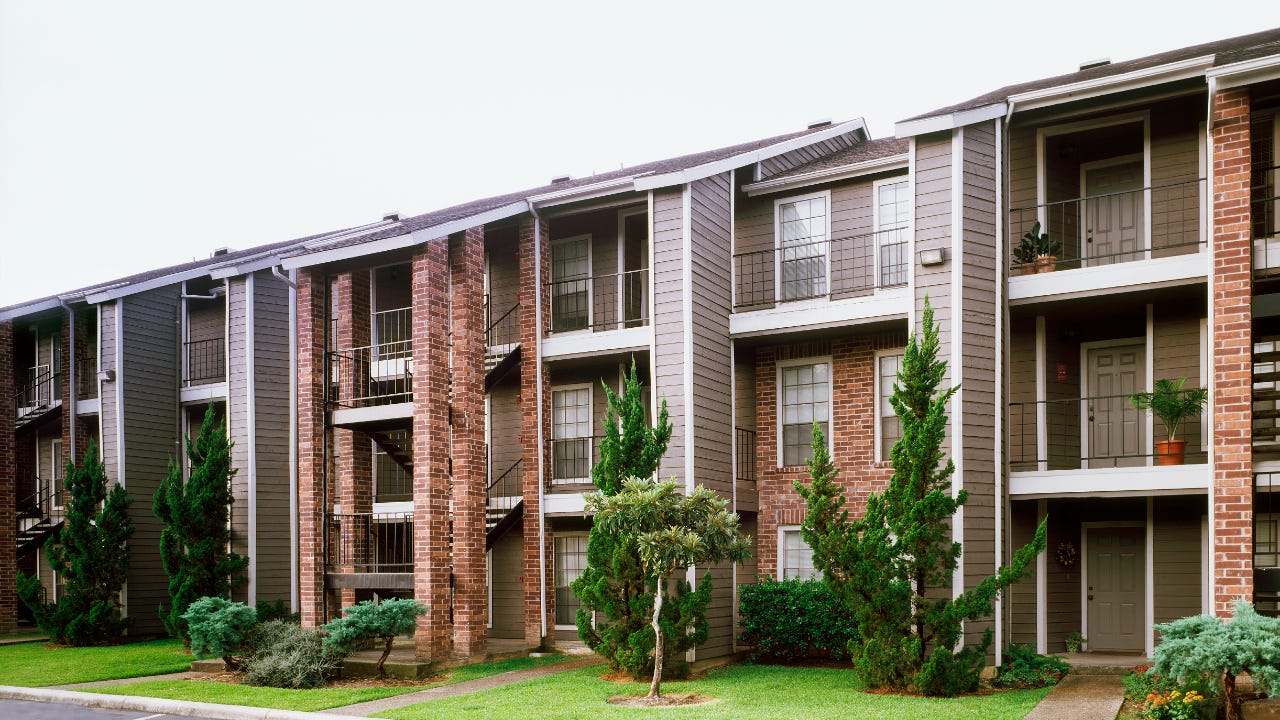Top metro areas most and least affordable for renters

The Bankrate promise
At Bankrate we strive to help you make smarter financial decisions. While we adhere to strict , this post may contain references to products from our partners. Here's an explanation for .
The average national rent rose to $2,084 in September, according to Zillow’s Observed Rent Index (ZORI). ZORI data includes single-family home rentals and apartments in the 100 largest metro areas in the U.S.
5 most affordable metro areas for rentals
- Wichita, Kansas: $1,003
- McAllen, Texas: $1,123
- Little Rock, Arkansas: $1,198
- Akron, Ohio: $1,236
- Des Moines, Iowa: $1,258
5 most expensive metro areas for rentals
- San Jose, California: $3,420
- New York: $3,321
- San Francisco: $3,303
- San Diego: $3,191
- Oxnard, California: $3,122
Rent vs. own: Which is more cost-effective?
The median sale price for an existing home in the U.S. was $384,800 in September, according to the National Association of Realtors. With 20 percent down and a 6.31 percent interest rate — Bankrate’s average on 30-year fixed mortgages in September — the monthly payment for a property at that price would’ve been $1,907 before taxes, insurance or HOA fees.
Based on those figures, owning can still be less expensive than renting in terms of the monthly payment. Of course, this depends largely on where you live. In the long term, even if your mortgage payment is slightly higher than your rent, you can expect to build wealth via equity.
That said, becoming a homeowner isn’t right or possible for everyone. If your goal is to own a home, focus on renting a place that’s cheap enough for you to put some money into savings toward a down payment while you wait for the numbers to work out. You might also look into first-time homebuyer or low-down payment programs when the time is right. If you’re more concerned about living somewhere where things like unexpected maintenance are taken care of for you, renting long-term might be a better solution.
How to prepare for rent increases
With rents rising almost everywhere right now, it’s important to plan ahead if buying a house isn’t in the cards — you don’t want to find yourself in a situation where you can no longer afford your rent. Talk to your landlord early to see if you should expect a rent increase when your lease is up for renewal. If you can’t afford the charges to come, do your research about where you might want to move. Always make sure you have an emergency savings fund. A healthy savings account can help you bridge the gap until you find a situation that’s more financially feasible.
How to go from renting to owning
One of the best ways to protect yourself against unexpected rent increases is to purchase your home. Fixed-rate mortgage payments are much more predictable than your landlord’s whims. Homeownership can be more affordable than you might think, too. There are lots of low-down payment mortgage options available, and some borrowers might even qualify for financing that requires no down payment at all.
The key first steps are figuring out how much house you can afford and researching your mortgage options. It’s important to set a budget early on and do your best to stick to it. Check out Bankrate’s guide on how to become a homeowner for more, and consider looking at the most affordable markets if you’re flexible with where you can live.
Related Articles



